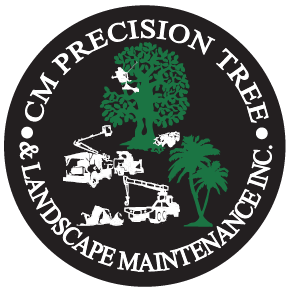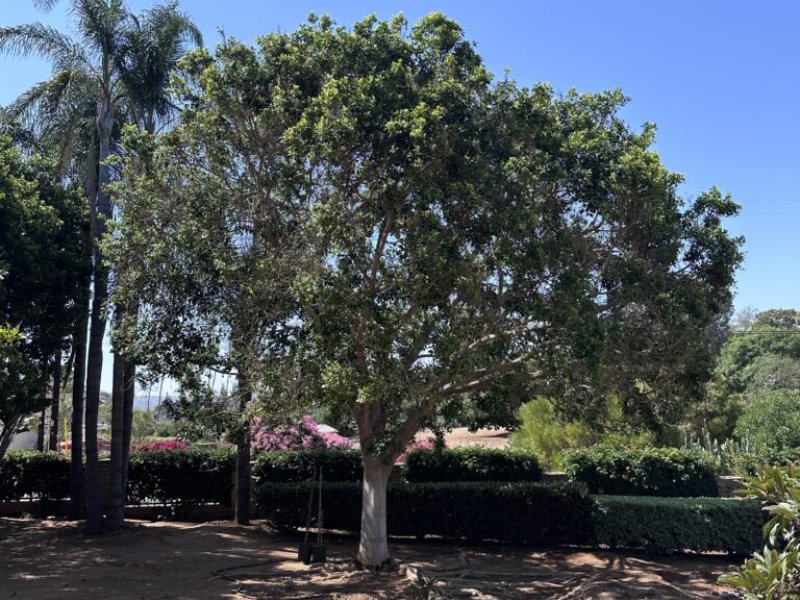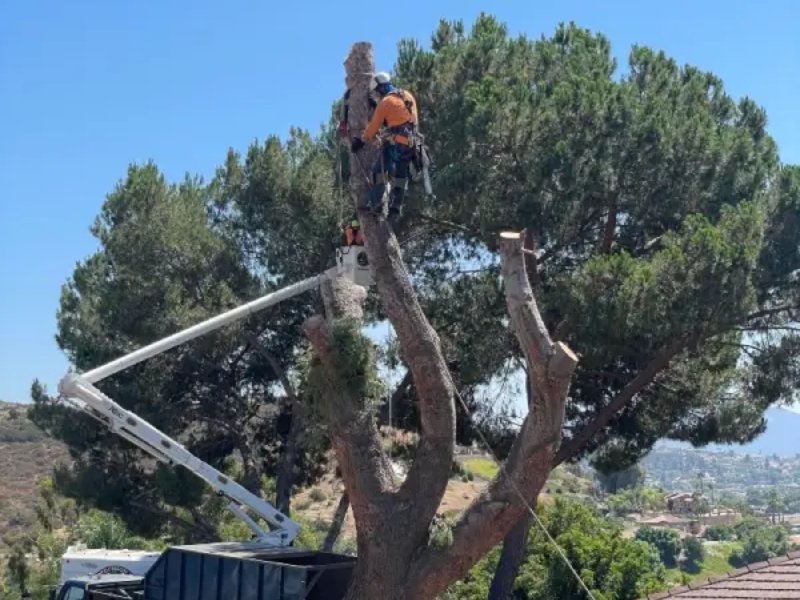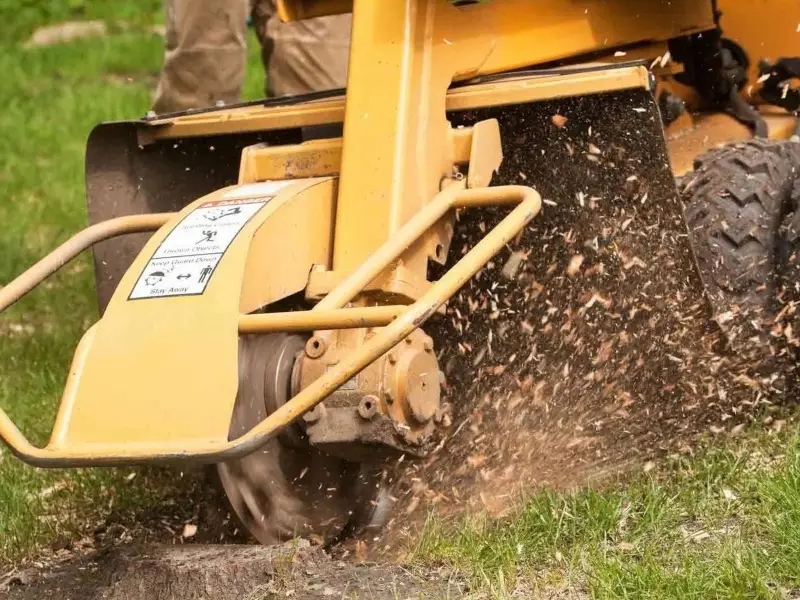By CM Precision Tree and Landscape Maintenance Inc., San Diego, CA
Your Trees Are Talking. Are You Listening?
Imagine walking through your backyard in San Diego, the sun shining through the leaves of your trees, casting dappled light on the grass. It feels peaceful—until you notice yellowing leaves, odd branch dieback, or insects crawling on the trunk. You wonder, Is something wrong with my tree? That’s when you realize: you need more than a gardener. You need a trained eye—an arborist.
At CM Precision Tree and Landscape Maintenance Inc., we understand how valuable your trees and landscape are. They’re not just decorative—they’re living investments. Our certified arborists specialize in plant health inspections that uncover hidden threats before they become costly problems. But what exactly does an arborist look for during these inspections? Let’s walk through the process.
Why Plant Health Inspections Matter
San Diego’s Mediterranean climate is ideal for many types of trees, but it also fosters unique challenges like drought stress, pests, and soil nutrient deficiencies. If caught early, most issues can be addressed with proactive care. But left unchecked, they can lead to permanent damage—or worse, hazardous trees that need removal.
That’s why a plant health inspection is a critical service we offer homeowners, HOAs, and commercial properties throughout the San Diego area.
Step 1: Site Assessment – Looking at the Big Picture
When our arborists arrive at your property, the first step isn’t the tree—it’s the environment. We evaluate your landscape holistically. This means examining:
- Soil conditions: Is it compacted, too sandy, or lacking nutrients?
- Drainage patterns: Is water pooling at the base of the tree or running off too quickly?
- Irrigation systems: Are trees getting the right amount of water—not too much or too little?
- Sunlight exposure: Is the tree in full sun or shaded? Is it suitable for the species?
- Surrounding competition: Are turf grasses, shrubs, or nearby trees competing for the same resources?
These factors set the stage for understanding a tree’s overall health. Trees are dynamic organisms, and their condition is influenced by everything around them.
Step 2: Tree Structure – The Framework of Health
Next, we assess the structure of the tree. A strong, well-formed tree resists damage from wind, drought, and pests. Key elements we examine include:
- Trunk condition: Are there cracks, cavities, or signs of decay?
- Branch architecture: Are branches growing in stable, healthy patterns, or are there weak attachments and overextended limbs?
- Root flare visibility: Healthy trees should show a visible root flare. If it’s buried, it could indicate girdling roots or improper planting depth.
- Leaning or tilting: This could signal root instability or structural issues underground.
In San Diego, palm trees and native oaks require special structural assessments because of their unique growth habits and susceptibility to disease.
Step 3: Foliage and Canopy – Reading the Leaves
Leaves are like a tree’s report card. They give clear signs when something is wrong. Our arborists look at:
- Color and size of leaves: Are they vibrant and appropriately sized for the species?
- Chlorosis or necrosis: Yellowing (chlorosis) or browning (necrosis) may point to nutrient deficiencies or root damage.
- Premature leaf drop: This can indicate drought stress or pest activity.
- Canopy density: A thinning canopy might signal declining health over time.
In San Diego’s dry summer season, many trees go into survival mode. It takes a trained arborist to distinguish between seasonal stress and true decline.
Step 4: Pests and Diseases – The Hidden Invaders
This is where expertise really matters. Southern California trees face a host of threats, including:
- Shot hole borers
- Aphids and scale insects
- Fungal infections like anthracnose and root rot
- Bacterial leaf scorch
Our arborists use both visual inspection and diagnostic tools to detect early signs. You might not even notice tiny boreholes or honeydew residue, but we know exactly what to look for—and how to treat it.
Step 5: Root Health – The Underground Engine
Roots are the unsung heroes of any tree. While they’re out of sight, they must never be out of mind. Our plant health inspections include:
- Signs of root girdling
- Compaction from foot traffic or construction
- Fungal root rot
- Poor drainage affecting root respiration
We also test soil pH and nutrient levels when necessary to determine if a fertilizer or soil amendment is required.
Step 6: Growth Patterns and History
We evaluate the tree’s annual growth rings, look for signs of pruning history, and note past injuries. This helps us create a timeline of the tree’s life and understand any stress factors it has endured. A healthy tree shows consistent annual growth, while stressed trees often reveal stagnation or regression.
Step 7: Recommendations and Treatment Plans
Once the inspection is complete, we don’t just leave you with a report—we offer a plan. Whether your tree needs deep root fertilization, selective pruning, pest control treatments, or even cabling and bracing for support, we walk you through the next steps.
At CM Precision Tree and Landscape Maintenance Inc., we believe education is key. We explain our findings in plain language, empowering you to make informed decisions about your landscape.
Protecting San Diego’s Urban Forest—One Tree at a Time
In a vibrant, diverse landscape like San Diego, tree health isn’t a luxury—it’s a necessity. As our city faces increasing heat, drought, and development, your trees need advocates. That’s why our team at CM Precision Tree and Landscape Maintenance Inc. is committed to delivering expert arborist services with integrity and precision.
If you suspect your trees are in trouble—or simply want peace of mind—schedule a plant health inspection today. We’ll help you protect your investment, beautify your property, and keep San Diego green, one tree at a time.






